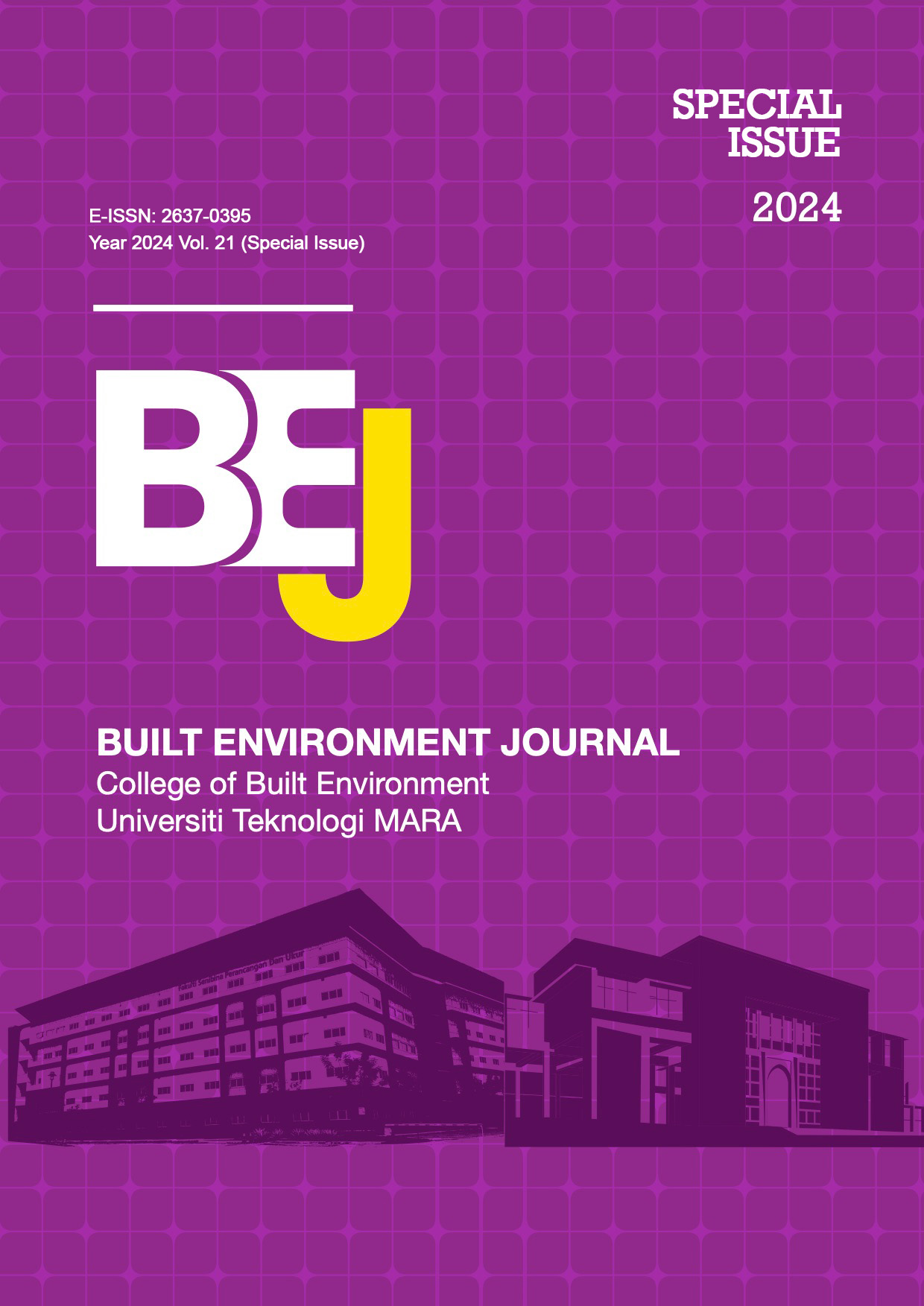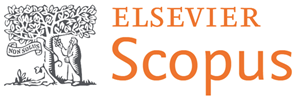Stimulate Social Interaction in The Public Realm
DOI:
https://doi.org/10.24191/bej.v21iSI.1885Keywords:
Public Realm, Social Interaction, Behavioral Interaction, Urban Design, Social Gathering, Social EngagementAbstract
Public realms are viewed as social gatherings between communities where engagement takes place. However, the concept of public realms between Islamic and Westerns remains to be seen, and the similarities and differences in views might lead to different social interactions among them. Thus, this study evaluates the social interaction perspective between Islamic and Western beliefs in public realms. The method employed in this paper is the analysis of literature from previous studies to evaluate social engagement in public realms. Based on Islamic and Western worldviews, this paper demonstrates that 'third places' of social and behavioural characteristics involving inclusivity and social comfort are revealed through empirical fieldwork on social interaction among people in public and semi-public spaces. The main key factor focuses on how these two worldviews define and characterise social interaction and the principles in their spatial organisation that must be considered to achieve social interaction in the public realm. Finally, the findings provide hope for urban design practice by providing fresh insights into creating more dynamic and inclusive public areas.
References
Aelbrecht, P. (2022). ‘Fourth Places’: The Contemporary Public Settings for Informal Social Life and Interaction. In Fourth Places: Informal Social Life and Interaction in New Designed Public Spaces (pp. 223-237). Cham: Springer International Publishing. https://doi.org/10.1007/978-3-031-07946-7_5
Alidoust, S., Bosman, C., & Holden, G. (2019). Planning for healthy ageing: How the use of third places contributes to the social health of older populations. Ageing & society, 39(7), 1459-1484. https://doi.org/10.4337/9781786433916.00011
Amir, S., Azizan, A., Zahari, R. K., & Asmawi, M. Z. (2020). Urban Public Space As Social Interaction Space: Case Study In Petaling Street. Journal of Tourism, Hospitality and Environment Management, 5(19), 90–101. https://doi.org/10.35631/jthem.519007
Amin, A. (2008). Collective culture and urban public space. City, 12(1), 5-24. https://doi.org/10.1080/13604810801933495
Amran, M. F., & Fuad, A. H. (2020, May). The effect of public spaces’ physical features on interaction between strangers. Case study: Jurangmangu transit space. In AIP Conference Proceedings (Vol. 2230, No. 1). AIP Publishing. https://doi.org/10.1063/5.0002573
Baharudin, N. A., & Ismail, A. S. (2014). Communal Mosques: Design functionality towards the development of sustainability for community. Procedia-Social and Behavioral Sciences, 153, 106-120. https://doi.org/10.1016/j.sbspro.2014.10.046
Bakla, N. M. A. M. (2023). The Role of Public-Private Partnerships in the Generation of Public Spaces: Case study Al-Narges, New Cairo (Doctoral dissertation, German University in Cairo). https://doi.org/10.13140/RG.2.2.23724.64648
Balducci, A., & Checchi, D. (2009). Happiness and quality of city life: The case of Milan, the richest Italian city. International Planning Studies, 14(1), 25-64. https://doi.org/10.1080/13563470902726352
Car Free NYC. (2017). Public spaces have the power to connect people and cities [Photograph]. Earth Day 2017. https://www.carfreedaynyc.org
Franck, K., & Stevens, Q. (2006). Loose space: possibility and diversity in urban life. Routledge. https://doi.org/10.1111/j.1468-2427.2012.01129_7.x
Hamid, G.-G., Mikhail, S., & Estamboli, M. J. (2012). The position of Mosques in Islamic cities and its location design in new cities. Damascus University Journal, 28(1), 49–67.
Hizan, M. H., Ismail, N., & Ispawi, N. S. (2017). The role of mosque library as a knowledge institution. Research Hub, 3(11), 7-16.
Jaffar, N., Harun, N. Z., & Abdullah, A. (2020). Enlivening the mosque as a public space for social sustainability of traditional Malay settlements. Planning Malaysia, 18. https://doi.org/10.21837/pm.v18i12.750
Lofland, L. H. (2017). The public realm: Exploring the city's quintessential social territory. Routledge. https://doi.org/10.4324/9781315134352
Memphis River Parks Partnership. (n.d.). Memphis’ River Garden. Memphis River Parks. https://www.memphisriverparks.org/
Oldenburg, R. (Ed.). (2001). Celebrating the third place: Inspiring stories about the great good places at the heart of our communities. Da Capo Press.
Rad, V. B., & Ngah, I. B. (2013). Public spaces and effective factors on social interactions. International Journal of Current Engineering and Technology, 3(1), 184-188.
Seamon, D., & Sowers, J. (2008). Place and Placelessness, Edward Relph. Key texts in human geography, 43, 51. https://doi.org/10.4135/9781446213742.n6
Shields, R. (1992). A truant proximity: presence and absence in the space of modernity. Environment and Planning D: Society and Space, 10(2), 181-198. https://doi.org/10.1068/d100181
Shojaee, F., & Paeezeh, M. (2015). Islamic city and urbanism, an obvious example of sustainable architecture and city. http://dergi.cumhuriyet.edu.tr/ojs/index.php/fenbilimleri ©2015 Faculty of Science, Cumhuriyet University
Simões Aelbrecht, P. (2016). ‘Fourth places’: the contemporary public settings for informal social interaction among strangers. Journal of Urban Design, 21(1), 124–152. https://doi.org/10.1080/13574809.2015.1106920
Zukin, S. (1988). The postmodern debate over urban form. Theory, Culture & Society, 5(2-3), 431-446. https://doi.org/10.1177/0263276488005002013
Downloads
Published
Versions
- 01-05-2025 (3)
- 31-12-2024 (2)
- 31-12-2024 (1)
How to Cite
Issue
Section
License
Copyright (c) 2024 Ahmad Faiq Abd Wahid, Nurul Liyana Hanapi, Puteri Mayang Bahjah Zaharin, Maisarah Ahmad Basirun, Mohamed Fariz Hilmi

This work is licensed under a Creative Commons Attribution-NonCommercial-NoDerivatives 4.0 International License.
CC BY-NC-ND 4.0 DEED
Attribution-NonCommercial-NoDerivs 4.0 International












